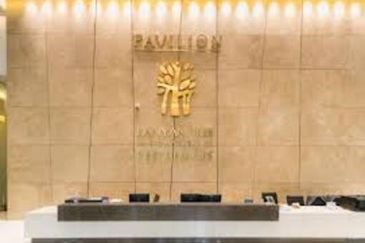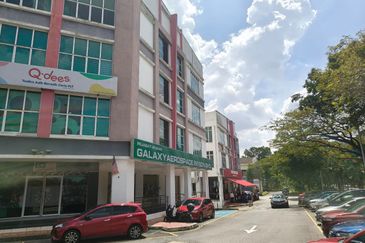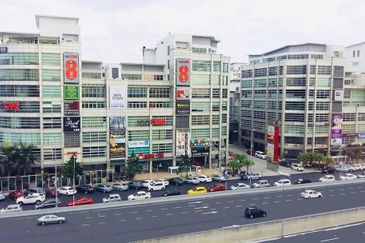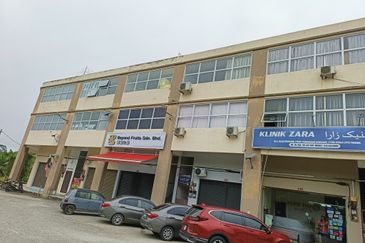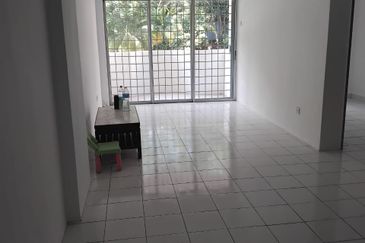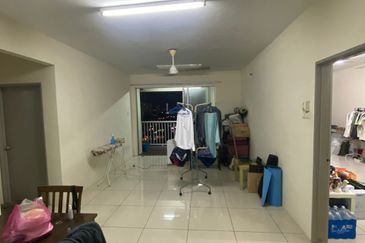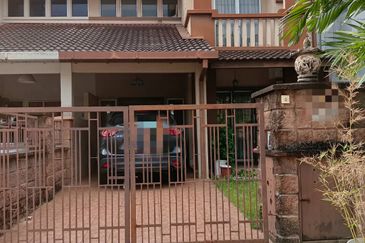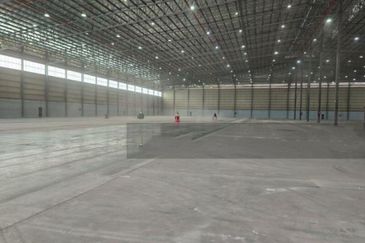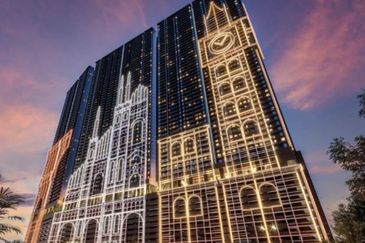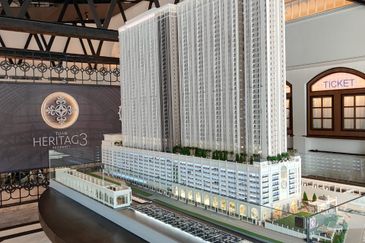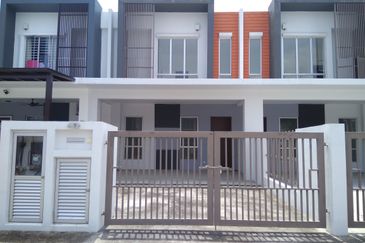 THE end of the year is a time to reflect on the challenges faced and achievements made in the past year and to remind ourselves that all may not be so rosy next year.
THE end of the year is a time to reflect on the challenges faced and achievements made in the past year and to remind ourselves that all may not be so rosy next year.
Nevertheless, our hope is that the economy will remain buoyant. We hope what has been projected in Budget 2017 will come true and the economy will grow between 4% and 5% next year, led by the construction industry (8.3%), services (5.7%) and manufacturing (4.1%). The total allocation for Budget 2017 is RM260.8 billion — an increase of 3.4% from the revised Budget 2016.
Next year will be challenging.
On the upside, Master Builders Association Malaysia (MBAM) has had limited success in getting a 200-day grace period when the steel safeguard of 13.4% excise tax imposed on imported steel bars comes up for review in April next year.
If this safeguard, purportedly to protect local steel manufacturers, is maintained, the cost of construction will skyrocket as the price of imported steel bars will rise by 20% to RM2,300 per tonne. Imported steel bars are already charged a 5% import duty. What is important here is the removal of the safeguard measures and to ensure that steel prices remain stable.
The other challenge that worries MBAM is whether there will be enough skilled workers. Without sufficient workers, infrastructural projects planned under Budget 2017 will not be completed on time and within budget. MBAM has on numerous occasions urged the government to simplify the process of legalising the existing foreign workers to resolve this problem as most of them are already in the industry and are skilled at their job.
MBAM welcomes the budget announcement of RM4.6 billion for technical vocational education and training to train more locals for the construction industry.
We are also happy that the government has decided to set up a Building Information Modelling (BIM) Centre under the Construction Industry Development Board (CIDB). The BIM Centre, coupled with the adoption of the industrialised building system, will help reduce the dependence on foreign labour.
The association will continue to work hard on several fronts next year where it has had a measure of success. Not resting on its laurels, it will push the education initiative it has started to get more school-leavers and graduates to join the construction industry.
MBAM collaborated with Polytechnic Ungku Omar to conduct the Work-Based Learning (WBL) programme, which was well received by both students and construction firms.
The first intake started early this year, with 20 students spending a year working in seven participating companies. The second year attracted another 23 students, who will start their placements in 10 companies in February next year. This time, the students will also be exposed to BIM technology.
The advantage of the WBL programme is that a higher percentage of students join the construction industry after graduation. The programme complements the CIDB apprenticeship programme to produce more local workers and attract more students to make construction their career of choice.
MBAM also reached another milestone — signing up 1,000 subscription-paying members.With the recent drive to get tradesmen associations to become affiliates, MBAM has now become a bigger national body representing the construction industry. The drive saw the registration of about 13,000 new members.
MBAM’s clout also comes from 31 of its council members, who are themselves industry captains. The combined output of its members represented about 80% of the total project value of the industry over the years.
I have always stressed that we cannot compromise on training and safety, which will help reduce industrial accidents. In this light, MBAM will continue to educate workers and employers on the need to enhance their knowledge and change their mindset on site safety and health.
To further enhance safety, the Department of Occupational Safety and Health and CIDB are looking into implementation of the holistic Construction Design Management (CDM) system, where safety and health are scrutinised at all stages, from design to construction to maintenance and demolition of structures. MBAM has done its part by conducting safety training and to date, 3,265 site safety supervisors have been trained.
In conclusion, as we usher in 2017 and bid 2016 farewell, we wish to remember this year for the role MBAM has played in engaging the government in formulating policies and acting as the bridge between the government and construction stakeholders. MBAM has been actively consulted at the decision-making level, especially in the planning process of the Construction Industry Transformation Plan (CITP). Its members sat on the CITP ministerial committee and were represented in all four CITP thrust working groups and 14 of the 20 CITP initiative working groups. The active engagement in CITP was the MBAM’s crowning achievement — an acknowledgement that it is the voice of the construction industry.
Foo Chek Lee is president of Master Builders Association Malaysia and managing director of Pembinaan Mitrajaya Sdn Bhd.
This article first appeared in City & Country, a pullout of The Edge Malaysia Weekly, on Dec 26, 2016. Subscribe here for your personal copy.
TOP PICKS BY EDGEPROP
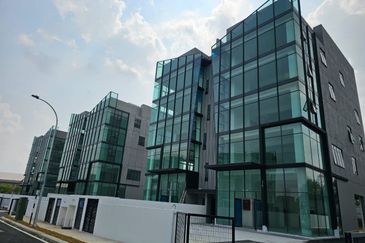
Novus Business Park, Glenmarie
Shah Alam, Selangor

Ascenda Residence @ SkyArena
Setapak, Kuala Lumpur

Bandar Baru Sri Damansara
Bandar Sri Damansara, Selangor
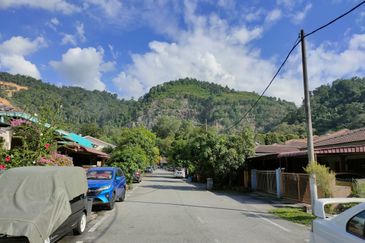
Taman Matang Jaya, Sungai Buloh
Sungai Buloh, Selangor
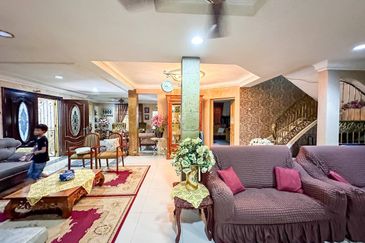
Seksyen 5 Wangsa Maju
Wangsa Maju, Kuala Lumpur

Arte Solaris @ Mont Kiara
Mont Kiara, Kuala Lumpur


